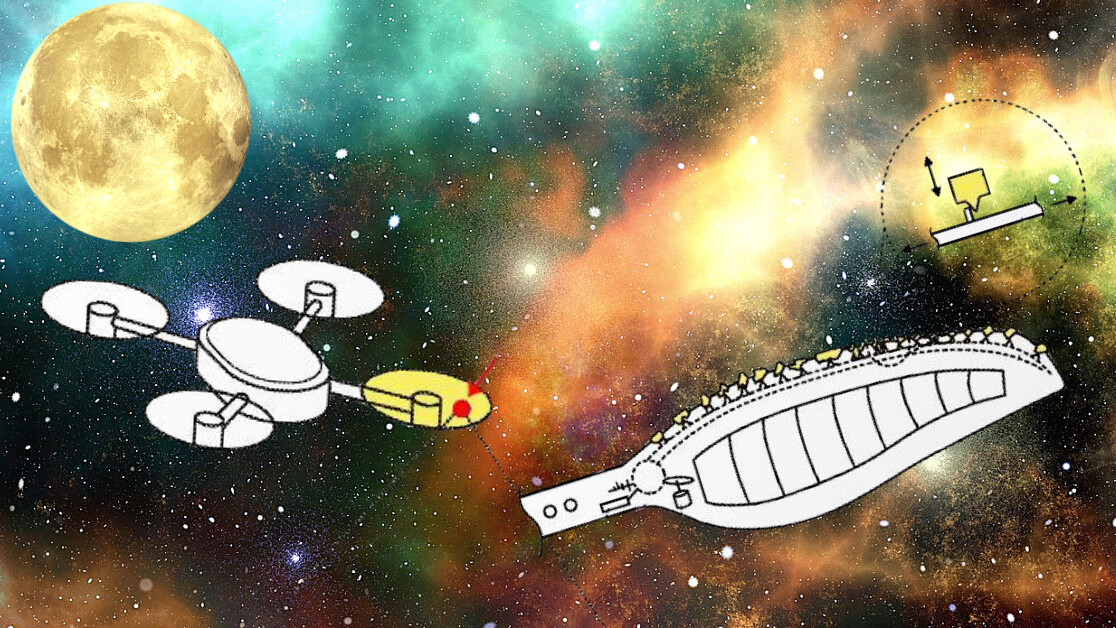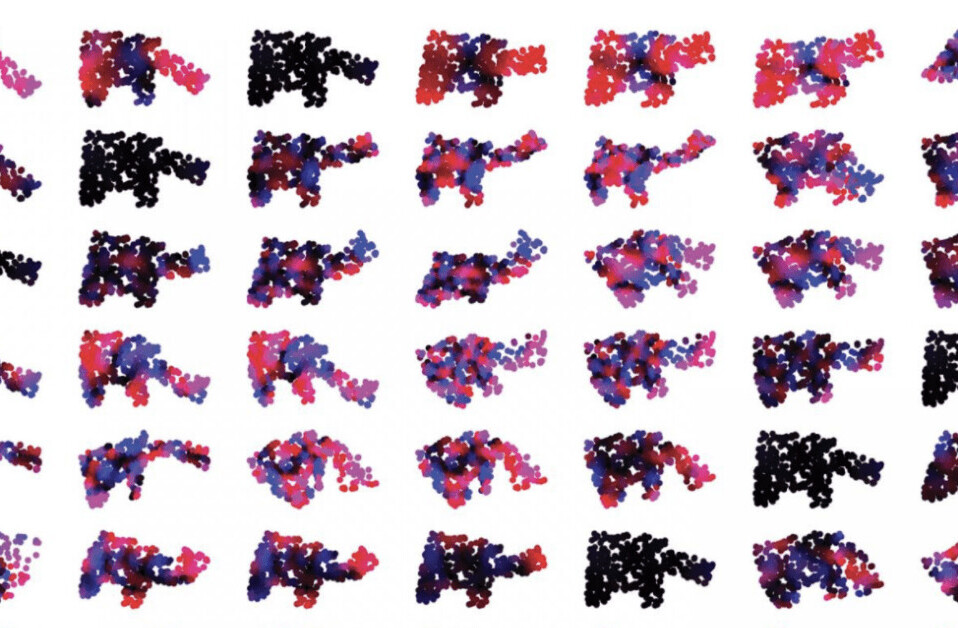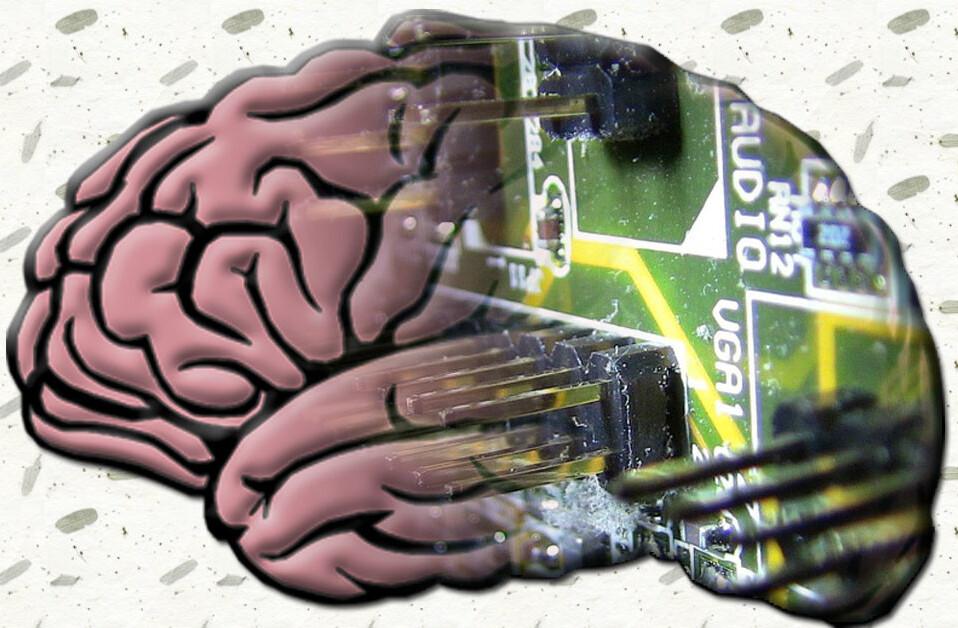
Ugh, the Gregorian calendar is so boring. That’s why we’re disrupting monthly series with a lunar cycle-based series about the best patents of the last synodic month, picked by the PatentYogi team. Get ready when that moon gets gibbous, y’all. This November-ish roundup lands on the beautiful Beaver Moon!
Since my last post, the US patent office issued over 27,454 patents and published over 29,731 patent applications. Each patent asset adds a little something new to the human knowledge base. As I cannot list all these patent assets here, my team and I have selected the five most interesting patent assets. Enjoy!
Patent #1. MIT invents plants that glow like a lamp (20180317415)

A patent application from MIT discloses details of light-emitting plants, infused with chemicals and enzymes fireflies use to glow. The chemicals are injected into leaves of plants where they react and take energy from the metabolism of the plant, which results in a soothing glow.
This technology shows great promise and potential. The plants, once injected with enzymes, are able to glow for 4.5 hours at a time. That might not seem like long, but MIT’s engineers are working hard on improving this time. The most obvious use of the tech would be to create small light sources, like table lamps and night lamps. These plants may also open up new avenues in interior decoration.
The MIT engineers are also developing a method to spray or paint these nanoparticles on trees, transforming them to light sources, like street lamps.
Patent #2. Amazon’s drones will obtain depth information with a single camera (20180324403)

For capturing depth information, modern drones must be equipped with two or more cameras. Just like having two eyes gives us the ability to separate foreground from background, the images from two cameras placed at a distance from each other can also provide us with depth information. This is the reason why smartphone companies are also providing two (or even more) cameras for capturing a depth of field, which is useful for obtaining “bokeh” effect (in portrait mode).
Unlike others, Amazon has come up with a unique technology that realizes the depth information by using a single camera mounted on a propeller blade of the drone. Since a rotational speed of the propeller blade is of the order of thousands of rpm (rotation per minute), the single camera mounted on the propeller blade can effectively be present in two locations at “once.”
The depth information from the drone cameras can be utilized for purposes such as for navigation, guidance, surveillance, collision avoidance etc.
Patent #3. Google invents a smart jacket (20180307315)

Further, the smart jacket provides you audio feedback or haptic feedback to notify you. However, with conventional haptic feedback mechanisms, sometimes vibrations are not felt by the wearer. The latest patent from Google discloses a unique and efficient haptic feedback mechanism that will increase the likelihood that the wearer will feel the vibration feedback from the smart jacket.
Now, in order to provide a haptic feedback, the patented technology uses a single vibration source (therefore it requires less electrical power) that will vibrate multiple vibration points within the smart jacket, thereby increasing a likelihood that you will feel the vibration from the smart jacket.
The smart clothing is expected to transform wearable devices and your wardrobe!
Patent #4. Amazon develops less noisy drones (20180304990)

That’s why Amazon is developing very unique solutions to reduce noises produced by drones. Last month, I wrote about an Amazon patent for using artificial intelligence to reduce the noise generated by drones.
Amazon’s new patent application, however, focuses on the propellers and describes unconventional blade designs which will improve the aerodynamic performance of drones and emit less noise.
The propeller blades will be designed with blade treatments (such as fringes) that alter sounds generated by them. Basically, the blade treatment retracts or extends in a way such that an airflow around the propeller blades gets disrupted, thereby reducing the sound generated by the propeller blades. Further, some of the blade treatments are adjustable and can be moved or activated with the help of a blade treatment controller.
This technology brings drone deliveries closer to reality.
Patent #5. US Air Force is planning a war against fake news (20180324196)

With fake news seemingly making regular (and wrong) headlines, it seems that serious measures need to be taken against it. As such, even the US military, specifically the US Air Force, has taken up arms against this war front.
Now the US Air Force is joining the fight against disinformation with its new patent application. Until now, it has been challenging to swiftly and accurately discover malicious content. The patent describes tech for analyzing tweets; including the textual content of tweets, the hashtags used, and the links shared in the tweets to determine factual correctness of the tweets.
Specifically, the disclosed technology uses Markov logic networks to build a Knowledge Base (KB) over tweets — to capture both the behavior of users and the nature of their posts. The KB contains entities, their relationships, facts, and rules. Via probabilistic inference on the KB, the tech can quickly and accurately identify malicious content and suspicious users on a given collection of tweets.
Look out for the latest lunar cycle-based patent update every full moon. Next up is Cold Moon in late December. See you then!
Get the TNW newsletter
Get the most important tech news in your inbox each week.





